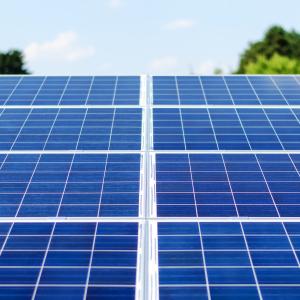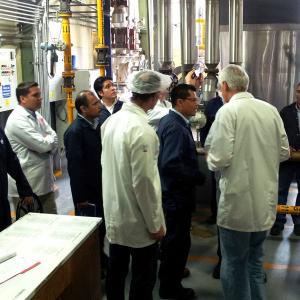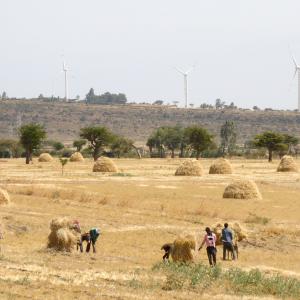China is learning from the flexibility in Danish CHP plants

A high-level delegation from China’s National Energy Administration and representatives from 16 of the country’s thermal power plants are visiting Denmark from Monday to Wednesday for inspiration on how to optimize the utilisation of the comprehensive Chinese production of wind energy.
More than a fifth of China's wind production in the first half of 2016 was not utilised. The amount equals Denmark's total annual electricity consumption. On this background a delegation from China's National Energy Administration and representatives from 16 selected thermal power plants are visiting Denmark to learn from the Danish experiences on regulating electricity production within CHP plants, as the Danish plants are among the most flexible in the world.
Over the course of the following three days the Danish Energy Agency will share and exchange knowledge about the flexibility of the plants as well as how the Danish electricity market is designed to create incentives for flexibility. The delegation will also meet the Technical University of Denmark (DTU) and visit the Confederation of Danish Industry, Energinet.dk and two state-of-the-art CHP plants.
By having a high degree of flexibility on the plants the electricity production can be adjusted up and down in a way that ensures renewable production - such as wind production - can be fully utilized. The CHP plants adjust the electricity production to the amount of wind in the system.
In hours of large wind generation and low electricity consumption there is limited or no need for electricity production from the CHP plants, while in hours of low wind production and high electricity consumption there will be a significant need for electricity production from the CHP plants. For example, many Danish plants are able to scale down to about 15-20 percent of their maximum load and within a relatively short timeframe. These are the abilities to regulate production of electricity that China is very interested in.
China is the world's largest consumer of energy and emits the largest share of CO2 in the world; nonetheless, China is also the largest market in the world for renewable energy.
The cooperation with China is a result of the Danish Minister of Energy, Utilities and Climate, Lars Christian Lilleholt, in January was in China to follow up on the climate agreement from COP21 in Paris. During his visit the Minister signed an agreement on thermal power plant flexibility with the Vice Administrator of China's National Energy Administration, Zheng Shanjie, who subsequently visited Denmark to follow up on the agreement.
The outcome of the cooperation is a five year programme proposal. The first significant step in the programme is the selection and participation of the 16 Chinese power plants as demonstration projects. The participating power plants will in the coming period improve their flexibility and thereby foster a potential comprehensive improvement in the flexibility of Chinese power plants.
The programme covers an estimated annual CO2 reduction potential of up to 40-50 million tons in 2020 in case that China's large unutilised wind production is utilized. This amount is almost equal to Denmark’s present emission of greenhouse gases.
The programme of the delegation visit is as follows:
Day 1 – Monday 29 August
- The Danish Energy Agency’s Director General, Morten Bæk, presents Denmark’s green transition and the energy cooperation with China.
- Meetings in the Danish Energy Agency including an expert presentation from Danish Technical University on experiences with fuel flexibility – including the use of straw, which Denmark has utilized for decades.
- Visiting Avedøreværket which is a state-of-the-art CHP plant when it comes to flexibility in production and fuel.
Day 2 – Tuesday 30 August
- Visiting Energinet.dk which will present Danish experiences on integrating large amounts of wind power into the daily energy supply.
- Visiting Fynsværket which has achieved a high degree of flexibility.
Day 3 – Wednesday 31 August
- Seminar at the Confederation of Danish Industries with participation of Danish companies specialising in flexibility in CHP plants.
Read the official programme for the Chinese visit below



